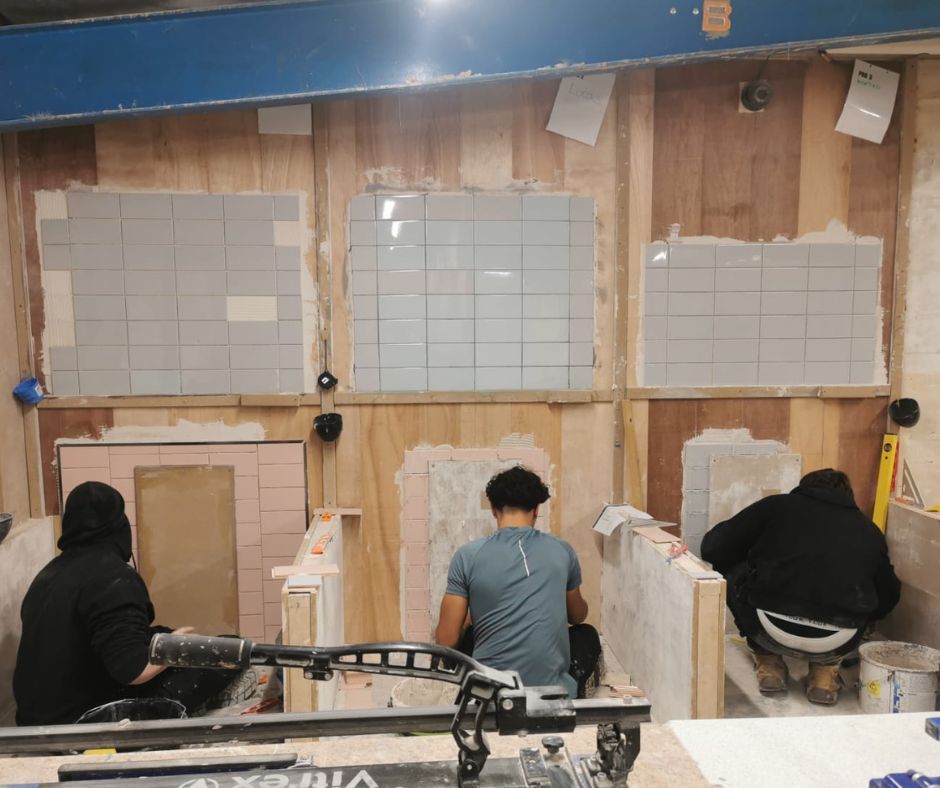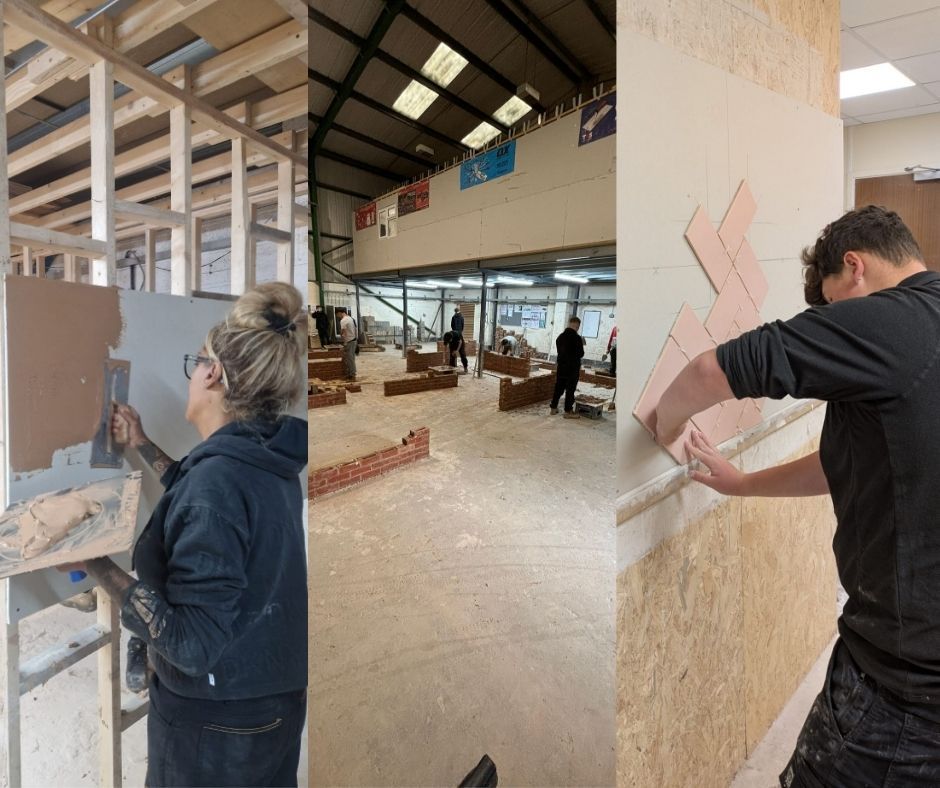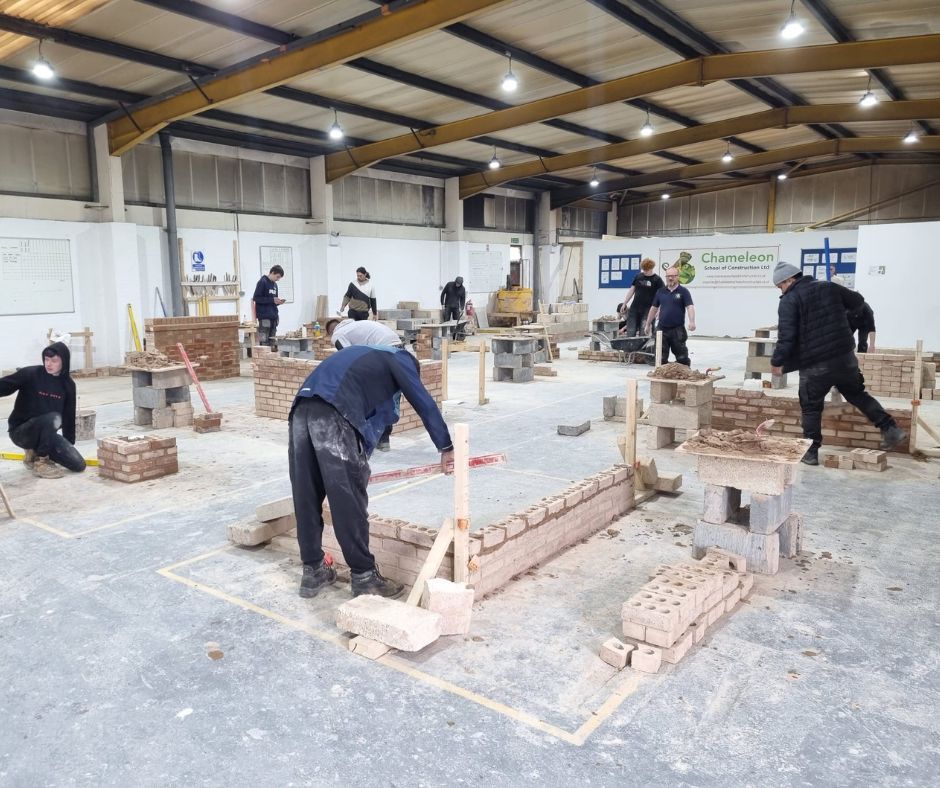Our Blogs
Stay updated with expert advice, industry news, and practical tips on plastering, tiling, and bricklaying. Whether you're a beginner or honing your skills, our blog has everything you need to succeed.
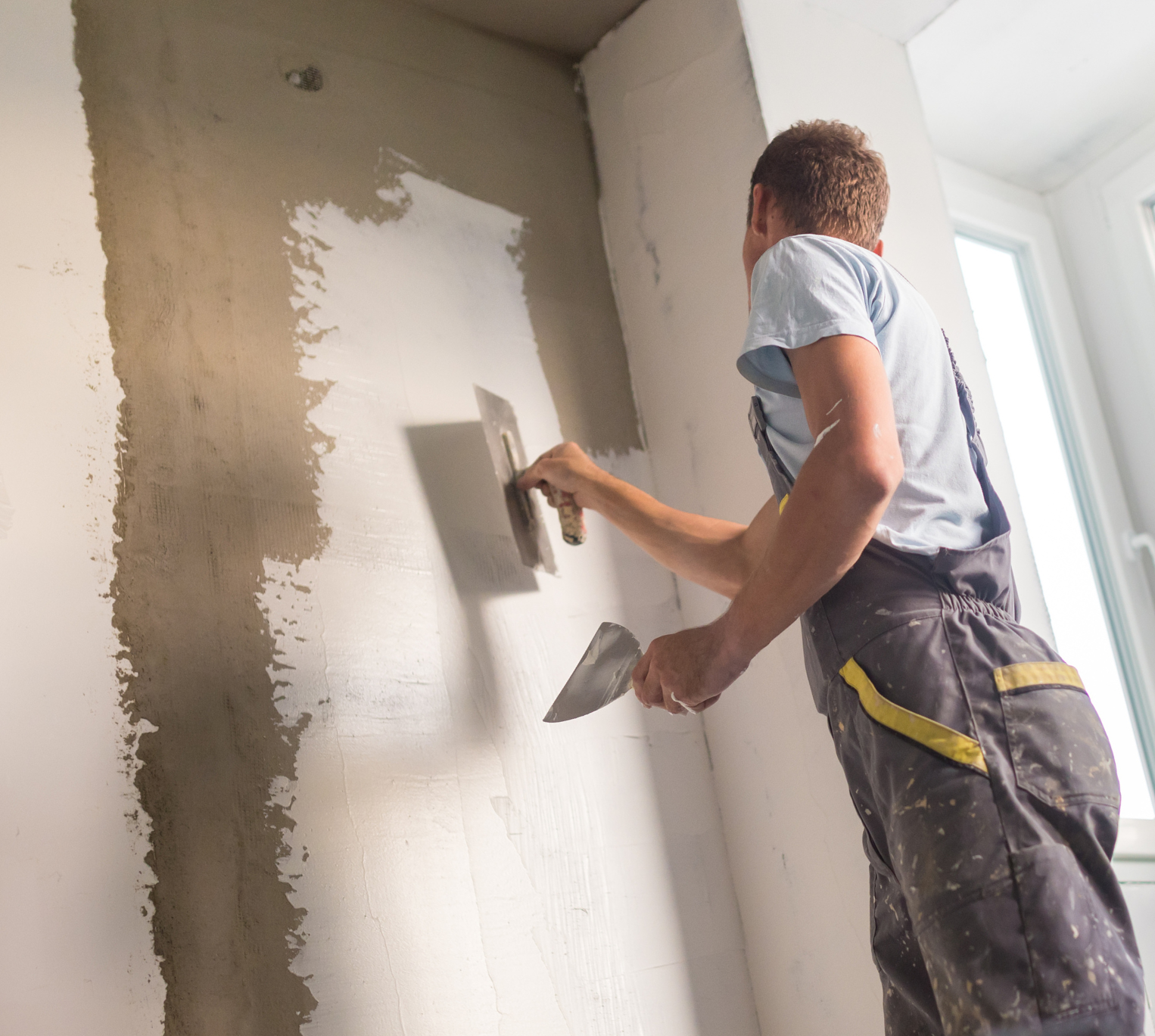
Plastering is one of the most essential skills in the construction and renovation industry. It transforms rough, uneven surfaces into smooth, durable finishes that serve as the foundation for painting, wallpapering, or decorative effects. Mastering the art of plastering requires skill, precision, and an understanding of materials and techniques. In this blog, we’ll explore the importance of plastering, common mistakes to avoid, and how learning this trade can open doors to a rewarding career. Why Plastering Matters in Construction Plastering is more than just applying a coat of material to a wall—it’s about creating a strong, even surface that enhances the appearance and longevity of a building. Well-applied plaster improves insulation, prevents moisture damage, and adds an aesthetic appeal to interiors and exteriors. Historically, plastering has been used in everything from ancient Egyptian tombs to modern skyscrapers. The durability of plasterwork in historical buildings proves its value as a long-lasting building material. Today, plastering remains a vital part of both new builds and renovation projects, ensuring that surfaces are structurally sound and visually appealing. Common Plastering Mistakes and How to Avoid Them While plastering may seem straightforward, many beginners make mistakes that can compromise the quality of their work. Here are some of the most common errors and how to prevent them: Not Preparing the Surface Properly Before applying plaster, the surface must be clean, dry, and free from dust or loose materials. Failing to prepare the surface properly can lead to poor adhesion and cracks. Incorrect Mixing of Plaster Mixing plaster incorrectly can result in lumps, an inconsistent texture, or a finish that dries too quickly or too slowly. Always follow the recommended plaster-to-water ratio and mix thoroughly to achieve a smooth consistency. Applying Plaster Too Thick or Too Thin A common mistake is applying plaster in layers that are too thick, leading to cracking, or too thin, making it weak and uneven. The key is to apply multiple even layers, allowing each one to dry properly before adding the next. Rushing the Drying Process The plaster needs time to dry naturally. Trying to speed up the drying process with artificial heat can cause cracks and weaken the finish. It’s best to let plaster dry at its own pace in a well-ventilated area. Poor Trowel Technique Mastering the use of a trowel is essential for a smooth finish. Many beginners struggle with uneven pressure, leading to visible lines and bumps. Practicing different strokes and angles will help achieve a flawless surface. The Benefits of Learning Plastering Plastering is a valuable skill that can lead to a fulfilling and well-paid career. Whether you’re looking to enter the construction industry, start your own business, or improve your DIY skills, learning plastering has several advantages: Job Opportunities: The demand for skilled plasterers is high, with construction projects constantly requiring finishing work. Earning Potential: Experienced plasterers can earn a good income, with opportunities to specialise in decorative plastering or restoration. Career Progression: Plastering can lead to supervisory roles, teaching opportunities, or starting a plastering business. Personal Satisfaction: Seeing a rough wall transformed into a smooth, professional finish is highly rewarding. Getting Started with Plastering Training If you want to learn plastering, professional training is the best way to build confidence and develop essential skills. At Chameleon School of Construction , we offer hands-on plastering courses designed for beginners and those looking to refine their techniques. Our expert instructors provide practical training on different plastering methods, surface preparation, and finishing techniques. By enrolling in a structured plastering course, you’ll gain: Practical experience working with real materials and tools. Step-by-step guidance from industry professionals. The confidence to take on plastering projects with professional results. Plastering is a crucial skill in the construction industry, offering stability, career growth, and the satisfaction of creating smooth, professional finishes. Avoiding common mistakes and investing in quality training can set you on the path to mastering this trade. If you're ready to start your journey in plastering, check out our courses at Chameleon School of Construction and take the first step towards a successful career today!
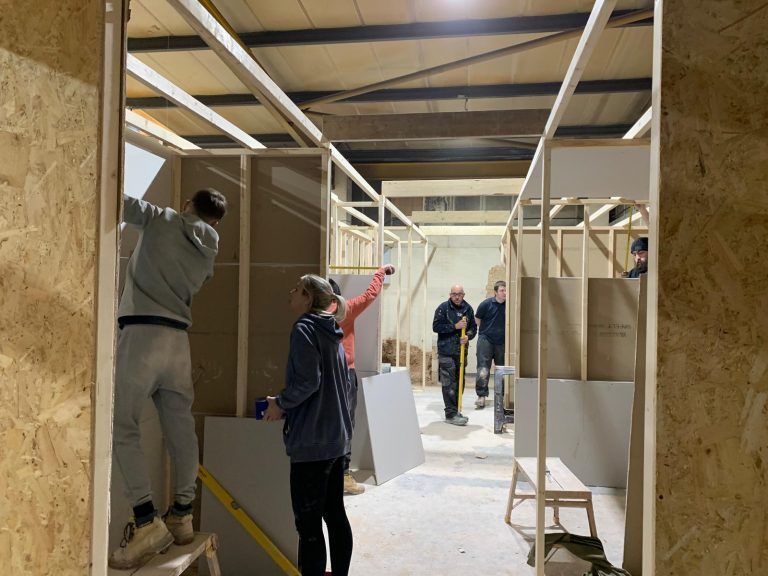
As the term comes to a close, we’re celebrating the incredible achievements of our students at Chameleon School of Construction! From hands-on projects to industry qualifications, May 2024 has been packed with success. Read on to see standout moments, student highlights, and what’s next on the journey to mastering the trades!

